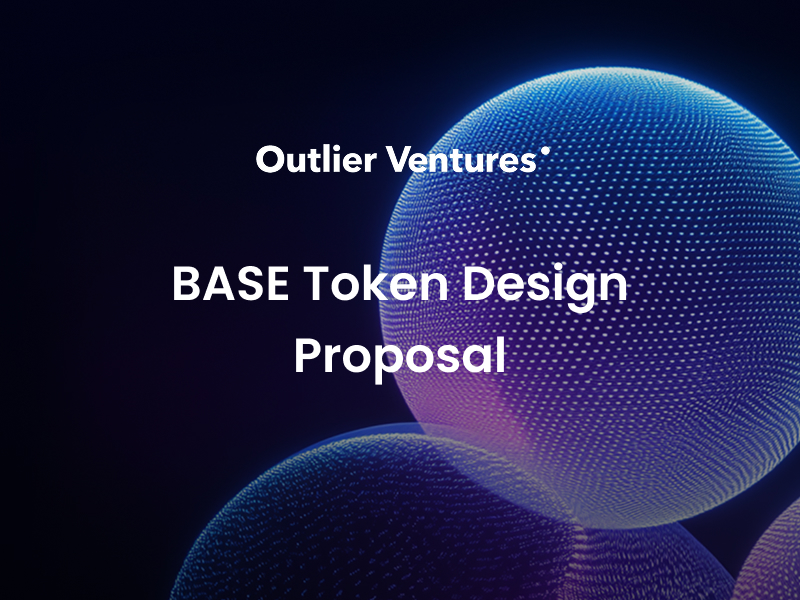(And why most web3 founders still send decks like it’s 2020)
The average Web3 VC analyst is skimming 20 decks a day, half-wired on coffee and Zyn, multitasking between Telegram, charts, and X.
You might only have 30 seconds max before they hit next.
And no, they’re not reading your 40-page Notion manifesto. Not yet.
Let’s be clear:
Your deck is not for closing the deal.
It’s for getting the meeting.
Most decks fail because they over-explain, under-sell, and bury the point.
Quick caveat before we dive in: not all funds operate this way. The best ones take their time, ask smart questions, and genuinely want to understand. But too many, especially at the early stage, don’t. And until you’re in the room, you don’t know which kind you’re dealing with. So build your deck for the worst-case, scroll-addled scenario. If they do go deep, great. But first, earn the click.
Now here’s how to make yours hit.
What Your Deck Needs to Do
Your deck’s job is simple:
- Sell the narrative
- Signal founder strength
- Make it obvious you’re fundable
You’re not trying to convince someone you’re giving them a reason to lean in.
To think:
“Okay, there’s something here. Let’s dig deeper.”
That’s when your deep-dive Notion hits.
Not before.
The deck opens the door. Your notion deep-dive seals the conviction.
And yes on the call, you’ll want to find out if this investor is actually sharp, understands the space, and vibes with your vision. But that’s then.
Right now, your job is just to get them on the call in the first place.
They’re scanning for signals at this stage.
The Slides That Actually Matter
Forget the cookie-cutter template. In Web3 pre-seed, here’s what you actually need:
1. One-liner that slaps
Make it punchy. Make it memorable.
Bad: “A decentralized infrastructure protocol.”
Good: “Stripe for onchain payments built for modular rollups.”
2. The world is changing
Start with the shift. What’s newly possible? What’s the macro unlock?
This isn’t just “why now?” it’s “why you’re early.”
3. Your thesis
Your unique POV. Show how you see something others don’t.
Good VCs fund edge, not consensus.
4. Why you?
Execution is everything. Prove you can ship.
Highlight past projects, recruiting wins, early traction make it clear you’re inevitable.
5. The long game
What does this look like at scale?
Even if there’s no token now, show you’ve thought about value capture.
6. Movement > Market (but don’t skip the market)
You still need to show this can be big but TAM charts alone won’t get you funded.
Focus on who cares, why now, how you will get enough traction to raise the next round and what happens if you win.
Momentum and market size matter but narrative is what gets you the first yes.
7. Token design (light touch)
Not full tokenomics just show you’re thinking clearly.
Who gets what, and why does the token matter?
8. The raise
How much are you raising? On what instrument? (SAFE + token side letter? SAFT? Equity?)
What’s the valuation?
What are the funds for?
Be specific.
This isn’t just about looking buttoned up; it helps the VC know if the round actually fits their fund.
Are you raising too little for them to bother? Too much for their check size? Outside their stage focus?
Clarity here saves both of you time.
No games. No ambiguity. Just signal that you’re serious and know what you’re doing.
What Makes a Deck Hit
- Narrative clarity
- Zero fluff
- Clean visuals, sharp copy
- A founder voice with conviction
If your deck reads like it was written by an AI trained only on TechCrunch headlines, start over
TL;DR:
- Your deck is a trailer, not a whitepaper
- You’re selling why this, why now, why you
- Execution still matters signal it early
- Save the Notion deep-dive for after the hook
- Make the raise clear it filters the right capital in
- Show the market, but lead with momentum and vision
- Get to the point faster than the VC can scroll
- Don’t test their intelligence just get the meeting
Need Support?
We’ve helped hundreds of startups get token-ready, from legal structuring to exchange strategy and campaign execution. If you’re looking for funding. Apply to our Post Web Base Camp.





